At thirteen, I stepped off a plane into the sweaty chaos of the Amazon—and into a world far bigger and stranger than I ever imagined. It was the messy, magical moment that cracked my childhood wide open and began a lifelong journey to understand the marvels and mysteries of the world.
“Keep your bags close, they’ll rob you blind,” he said.
The sky hung dark overhead. Streetlights threw down a harsh, uneven light over the mob of children pressing in around us—hands outstretched, voices calling in an unfamiliar language. The air was thick and wet. My little sister and I huddled together on the cracked vinyl seat of an old school bus, exhausted, confused, overwhelmed—and now terrified.
The year was 1997, and this was my first international trip.
After a childhood where vacations meant road trips to the beach or to Uncle Dan’s house with our cousins, we’d been dropped into the urban jungle of Iquitos, Peru. Our uncle, still in his twenties, meant well—his warning was meant to make us cautious. Instead, it made us anxious and aching for home.
We’d flown for hours, leaving behind the predictable rhythms of our Midwestern lives. There was a massive airport somewhere in Texas, and then—Peru. We landed on a tarmac and descended portable stairs into the heat, and were herded by armed guards into a neon-lit warehouse masquerading as an arrivals terminal. Bugs swarmed the flickering lights overhead as we were jostled through customs and bag checks. And then—out into the heavy jungle air, into a chaos of reaching hands.
I was drenched in sweat and wide-eyed with panic. I didn’t know what these children wanted. I didn’t know what I was doing. But I knew—somehow—that this moment would live in me forever. It wasn’t just my first international trip, it was the beginning of my first travel adventure.
My Jungle Book: Two Weeks of Monkeys, Mosquitoes, and Magic
After a single night in Iquitos—the jungle city reachable only by air or water—we boarded a long, narrow, barge-like boat at dawn, the air thick with mist and the hum of insects. We headed upriver (or maybe down; who can remember?) toward our home for the next two weeks: a lodge on stilts deep in the Amazon Rainforest. I remember the lovely breeze as we zipped along the muddy waters, the loud hum of the engine drowning out everything, the frequent, sudden stops so our guides could point out something or other of interest on the shore.
With time, these memories have softened into flashes— short clips and snapshots that play on a loop in my mind, often stripped of context, but rich in sensory detail.
There was a pygmy monkey at the lodge whom we girls named him George. He was curious, of course—always breaking into the main room where we played games, ate dinner, and swayed in hammocks in the steamy afternoons. Eventually, poor George would be deported to the laundry hut—a little shack floating in the river, where clothes were scrubbed clean in the current. We called it Alcatraz.
Our days were packed with buggy adventures: jungle treks, wildlife spotting, fishing. I caught a piranha. We swam in a lake where tiny fish nibbled at our skin for the salt, tickling us into shrieks and laughter. I think I nearly drowned once, laughing too hard to stay afloat. We were always on the lookout for some elusive bird, an icon of the region, which we never did see (though we heard it, often). I remember troops of monkeys frolicking in the canopy far above our heads, the sir filled with their playful shrieks. One afternoon, we spotted pink dolphins. Another, the guides returned to camp with a monkey fish for dinner—a large, round beast with a second set of teeth deep in its throat, known for launching itself out of the water to snatch monkeys from overhanging branches.
One night, our family of five and two local guides hiked into the rainforest to camp—because apparently, a mosquito-filled hut on stilts wasn’t rustic enough. Maybe there was something important we were meant to see, something too far for a day trip. But I don’t remember that. I remember the rain. The torrential, roof-pounding, tent-leaking kind. I remember the cold dinner, the bugs, the five of us crammed into one soggy tent with water seeping in through the seams.
On another day, we visited a nearby village, handed out candies to kids and watched them play soccer in a dusty field while the adults bartered for handmade goods. Then there was the time when we were on some kind of river adventure, and my sister slipped in the boat and tore an entire toenail off. (She probably remembers that better than I do.) Rustic jungle wound care at its finest: a lot of iodine, many tears.
We slept in hard beds draped in gauzy white mosquito netting, which felt like a magical fairy net to our young imaginations. The bathroom situation was… rustic. There were cold showers—which, in the unrelenting swamp heat, actually felt amazing—and, from what I remember, a toilet that dropped straight into the river below. A gravity-fed system for waste, if you will, taking advantage of the natural pipeline of the river. Jungle plumbing at its most direct.
We ate like the locals, which was a lot for three young girls. There were strange fruits and unfamiliar fish. Cold, sugary sodas in clear glass bottles—always drunk through a straw, for sanitary reasons—a real delight on hot afternoons. And there was chicken. And rice. So much rice.
After two weeks in the rainforest, we took the long boat ride back to Iquitos. We were seasoned travelers now—no longer afraid, no longer wide-eyed. The city felt different this time. Familiar.
I remember visiting a small zoo, where we held an albino anaconda draped across our shoulders. I remember sitting in a colonial-style open-air café, sipping unhomogenized milk that had to be stirred constantly or swallowed grainy. And I remember walking through markets and plazas with my dad, my hand in his as we wove through the noise.
But there are so many half-formed memories from Iquitos—blurred images, vague sensations. So much has been lost to time. Was that café with the milk actually in Iquitos, or did it come later? Where were we going in that hazy image of me with my father? What moments have I forgotten completely? It makes me a little sad, knowing that not every experience of my life is preserved forever in my mind. But maybe that’s part of what makes the ones that remain feel so mystical—half-memory, half-dream.
Altitude, Alpacas, and Air That Forgot to Be Air
Eventually, we left the jungle and made our way into the mountains—into the high-altitude city of Cuzco. I know we spent a few days sightseeing with our small group (there were six of us, plus a young couple), but all I really remember is lying in the back of a transport van with my sister, both of us miserably ill. It was my first brush with altitude sickness, and it hit like a freight train—headache, nausea, dizziness, and a strange sense of being halfway underwater.
I think I got off the bus exactly once—at some kind of colonial fortress or ancient stone structure. It might have been impressive. I wouldn’t know. I was mostly focused on not throwing up.
The thin air made everything feel strange. Foggy. Like my brain couldn’t get enough oxygen to fully form memories. That stretch of the trip exists in a sort of dream-state in my mind—a blur of sun on stone, thin blue sky, a pounding heart, and the kind of slow, strange movement that comes when your body forgets how to regulate itself.
Then came the van ride deeper into the Andes—a two-day, nausea-enhancing odyssey of winding roads and sheer drops, of hairpin turns and narrow cliffside lanes. One side was the mountain, the other was just… air. I think everyone was terrified, except perhaps our driver, who didn’t seem to slow down for anything—not for turns, not for cliffs, not for prayers.
We stopped overnight in a tiny mountain village, where it was cold—in July! That afternoon, we wandered a small market tucked onto a field on the side of a mountain, where we got to hold baby alpacas and left wrapped in the softest hand-knitted sweaters I’ve ever touched. Mine was deep forest green, with colorful stripes across the chest in a familiar alpine-style pattern. I kept it for years. I can still picture the stitching, still remember how it smelled when we bought it: lanolin, sunshine, and dust.
Later that evening, we made our way to the hotel—a sprawling, single-story building that resembles a Swiss mountain lodge in my mind. And it came with a surprise: a pool and a hot tub, housed in a separate glassed-in greenhouse of a building. To get there, you had to dash barefoot through the freezing night air, teeth chattering, before diving through the door into sweet, steamy relief. It was absurd and unforgettable—one of the shining gems that stands out from a stretch of the trip that otherwise feels distant and blurred.
Scrambled Egg Spaghetti and Sacred Stone Stairs
Eventually, we reached Aguas Calientes—the misty little base village that clings to the mountain just below Machu Picchu—and checked into the most modern and familiar accommodations of the trip. It felt like a real hotel. We even had a restaurant.
It was late when we arrived, and we were exhausted from the arduous journey from Iquitos. After weeks of food that was unfamiliar and outside of our comfort zones, the three of us girls were absolutely thrilled to spot something we understood on the menu: Spaghetti Carbonara. Familiar. Comforting. A taste of home at long last.
What arrived was spaghetti, all right—a sad tangled of noodles and scrambled eggs.
I suppose something was lost in the translation. Italy to Peru, menu to plate. We were too tired to argue, and probably still a little dizzy from all that air that forgot how to be air, but I don’t think I will ever forget that moment of acute heart break.
The next morning, we boarded yet another bus—another switchback road, another dramatic ascent. Do they have other kinds of motorways in the Andes? This one was just six miles long, but climbed 1,300 feet in elevation to the ancient ruins of Machu Picchu.
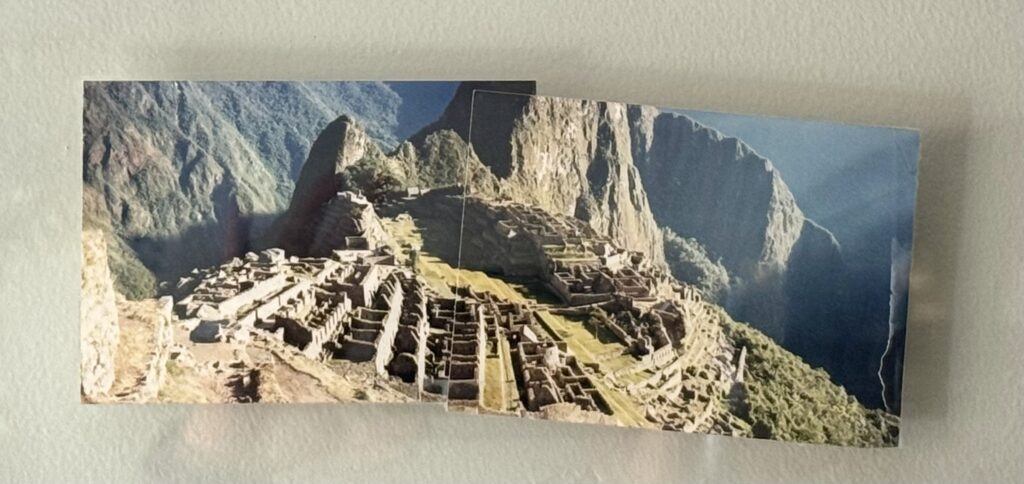
I wish I remembered more about it. I was thirteen. I didn’t understand the scale of what I was seeing. I knew nothing about the Incas or engineering. I hadn’t learned how to look at history with the kind of awe and reverence that this masterpiece deserved. But I remember the quiet feeling, even amongst the crowds. I remember the impressive scale of the grey stone blocks. I remember the lush grass on the terraces that once held crops. I remember my little sister being lost for a time, because she had fallen asleep on one of those terraces. And I remember the way it felt sacred, even if I didn’t have the language for that yet.
What I remember most clearly is the morning of our second day. My dad and I got up before dawn and took the early bus back up the mountain, then hiked another 850 feet in elevation to the peak of Huayna Picchu—the sharp little ridge that towers over the ruins in so many postcards. He told me later that he was absolutely certain several times that morning that I would not survive the hike. Apparently, I had a habit of walking right up to the trail’s edge—no railing, no rope—just to see how far it dropped. I have always been a clumsy gal, so his fears were valid. One typical-of-me stumble, and I would’ve been nothing more than a blip on the rocks far below.
But what a morning.
As the sun crested the far peaks, golden rays spilled down like a blessing onto the stone city below. I snapped four photos with my little 35mm camera, one after the other, trying to capture the scale of it all. I still have them. Fitted together, they show that radiant scene from above—and they still hang in my home, just above a matching two-frame panorama from the other side of the ruins.
When the World Cracked Wide Open
Somewhere between that first terror-filled night in the jungle and this ethereal morning in the mountains, everything had changed—the whole course of my life to come. I was changed, filled with awe and an ache to see it all.
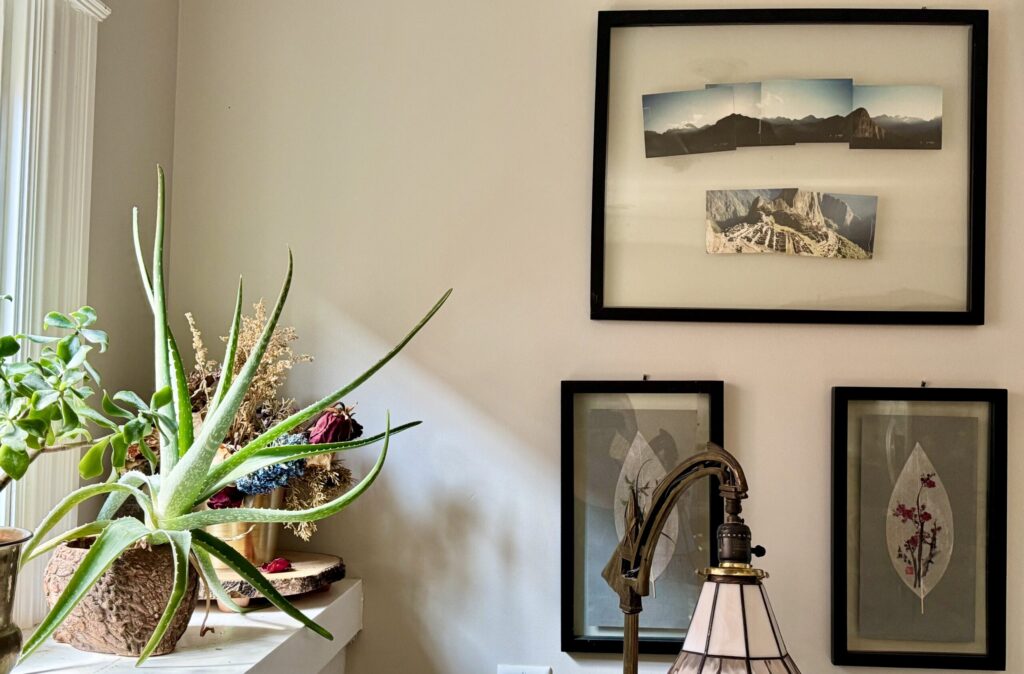
I didn’t yet know what it meant to be a traveler. I didn’t know how to read a guidebook or plan an itinerary or navigate a new language. I didn’t understand culture shock or spiritual connection or how a single view could leave a permanent mark. But I felt something. A pull. A knowing. A sense that the world was enormous, and my little corner of it was just the beginning.
I was no longer satisfied with our travels to Florida, Washington DC, and scattered road trips around the Midwest. Suddenly, the world felt infinite—and I felt impossibly small inside it. I knew nothing about the world at large, and for the first time, I knew that.
Since that day on Huayna Picchu, 10,250 days have passed—28 years and 16 days. I am, by comparison, an old lady now. These older bones have carried me across continents, to places my thirteen-year-old self couldn’t yet imagine. I’ve wandered through the spires of Thailand, the mosaics of Spain, the backstreets of Japan. Next month, I’ll add Rwanda and Tanzania to the list. And maybe someday, I’ll stand on the icy shores of Antarctica.
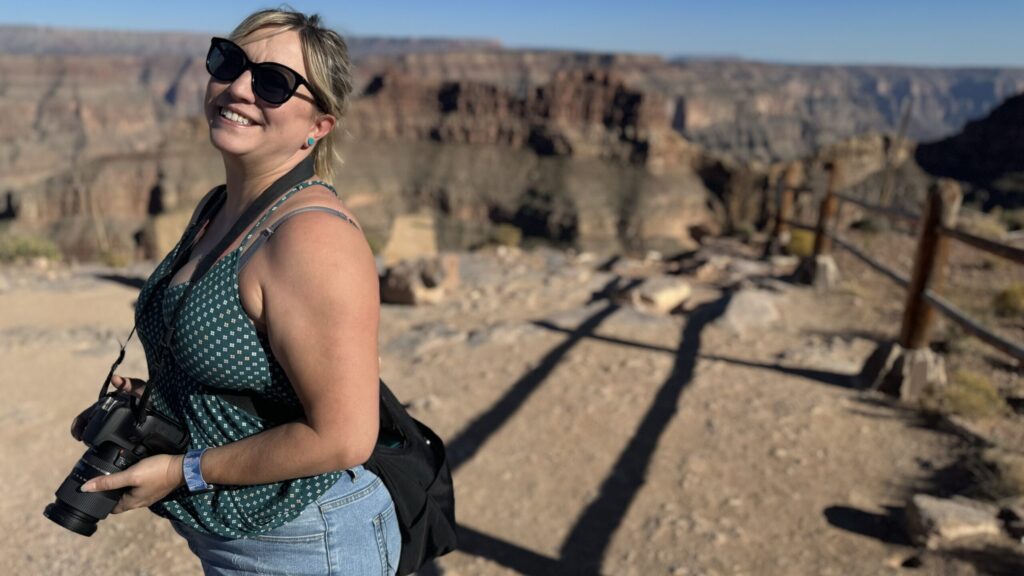
But it all began here.
In Peru.
In the sticky heat of the jungle.
On a narrow trail with no guardrails.
In the moment when fear gave way to awe—and awe gave way to the hunger for more.
In the moment when fear gave way to awe—and awe gave way to the hunger for more.
I didn’t know what I was doing back then. I just knew it mattered.
That this—this—was the beginning of a deep, unshakable curiosity about the world and its marvels and mysteries.
And like all good beginnings, it started with a little bit of terror, a whole lot of wonder… and one idiot uncle telling me that I was definitely going to get robbed.
Want to Keep Wandering?
The adventure doesn’t stop here!
Dive into another of my favorite travel tales, tips, and sober chaos:
Or Crack open the chaos and explore my destinations, advice, and big ol’ feelings:
Want more weird, wonderful chaos in your inbox?
No spam. No nonsense. Just good stories and the occasional travel tip.
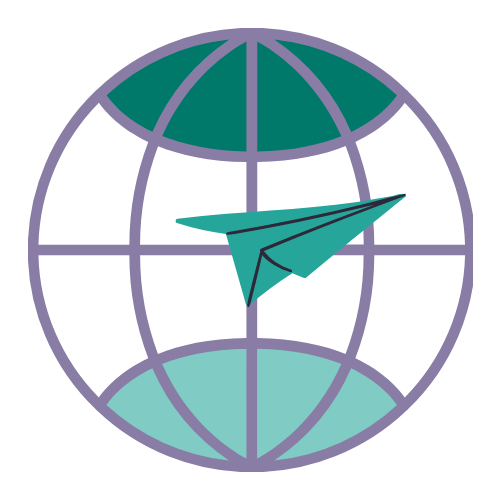
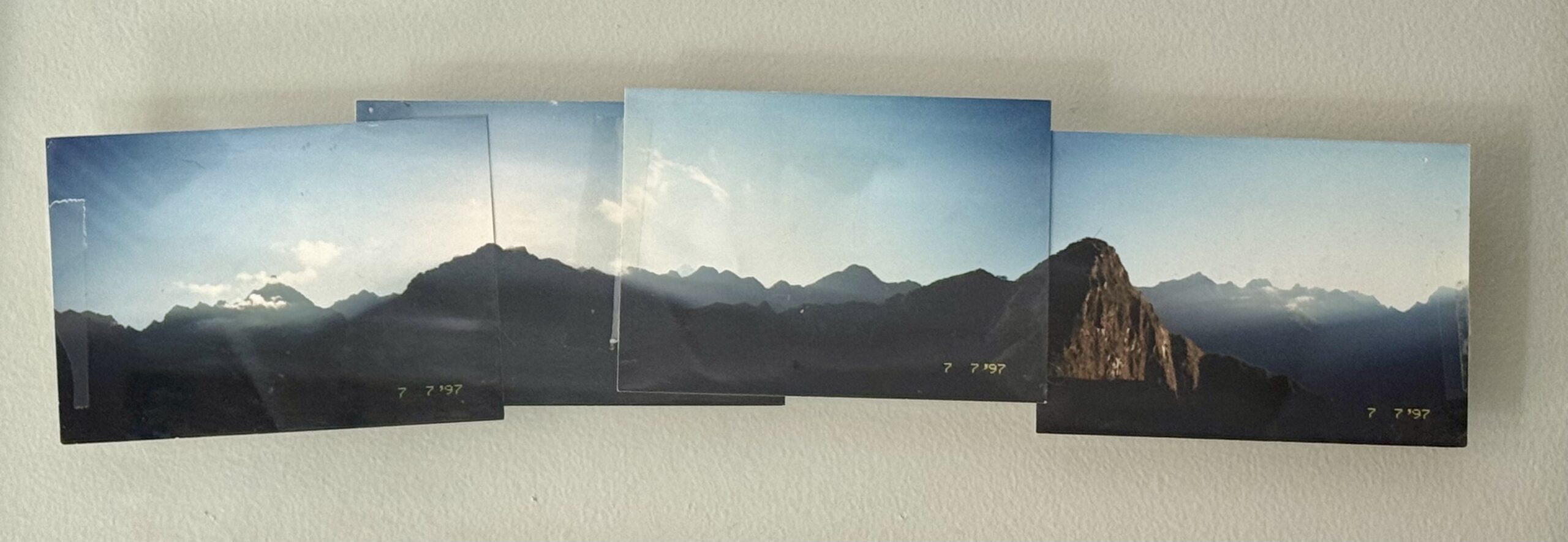
Leave a Reply